A true New York mix of friends and fans recently gathered in Manhattan at the First Street Green Park on the north side of Houston Street for a personal sendoff and remembrance of Patti Astor in a city she loved. Here are some of the paintings left behind, echoing an earlier time with the DNA of today. While the list of organizers and attendees is incomplete, notable mentions include Delta2, Al Diaz, Meres, Futura, Dr. Revolt, Snake 188, Fab Five Freddy, and Charlie Ahearn. These folks and many others played a part in the vibrant Downtown graffiti scene and the broader fusion of hip-hop and punk culture that flourished in NYC during the 1980s. Perhaps it’s obvious to say so, but when you’re creative and follow your passions, you never know how many lives you will touch.
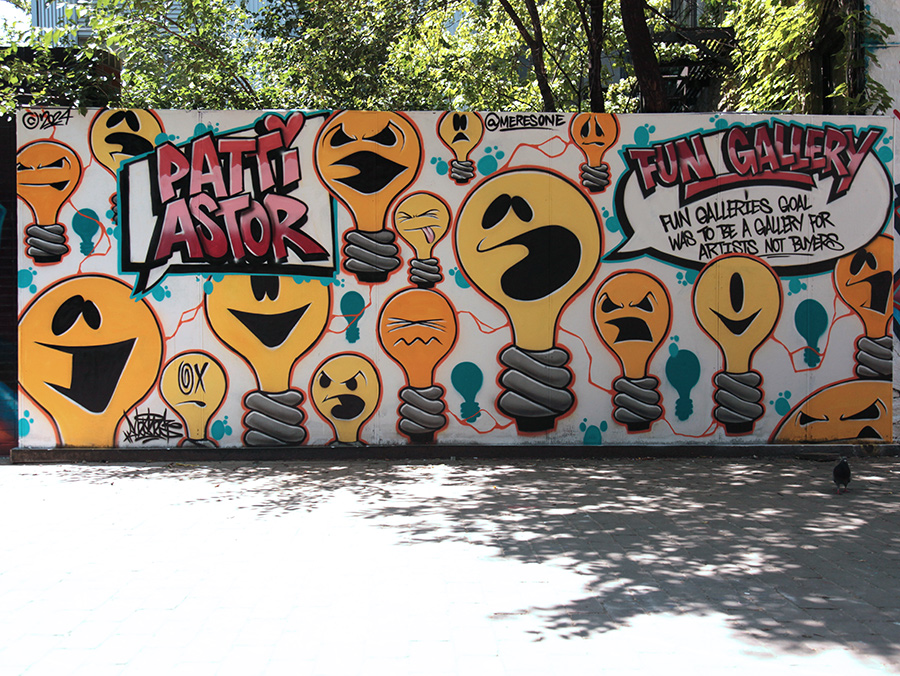
Astor, often hailed as a star, legend, and avant-garde pioneer, left an enduring legacy that inspired countless artists and cultural enthusiasts. Born Patricia Titchener in Cincinnati, she moved to New York City in 1968, attending Barnard College before joining the anti-war movement. By 1975, she was fully immersed in the underground film scene, collaborating with filmmakers like Eric Mitchell and Amos Poe.
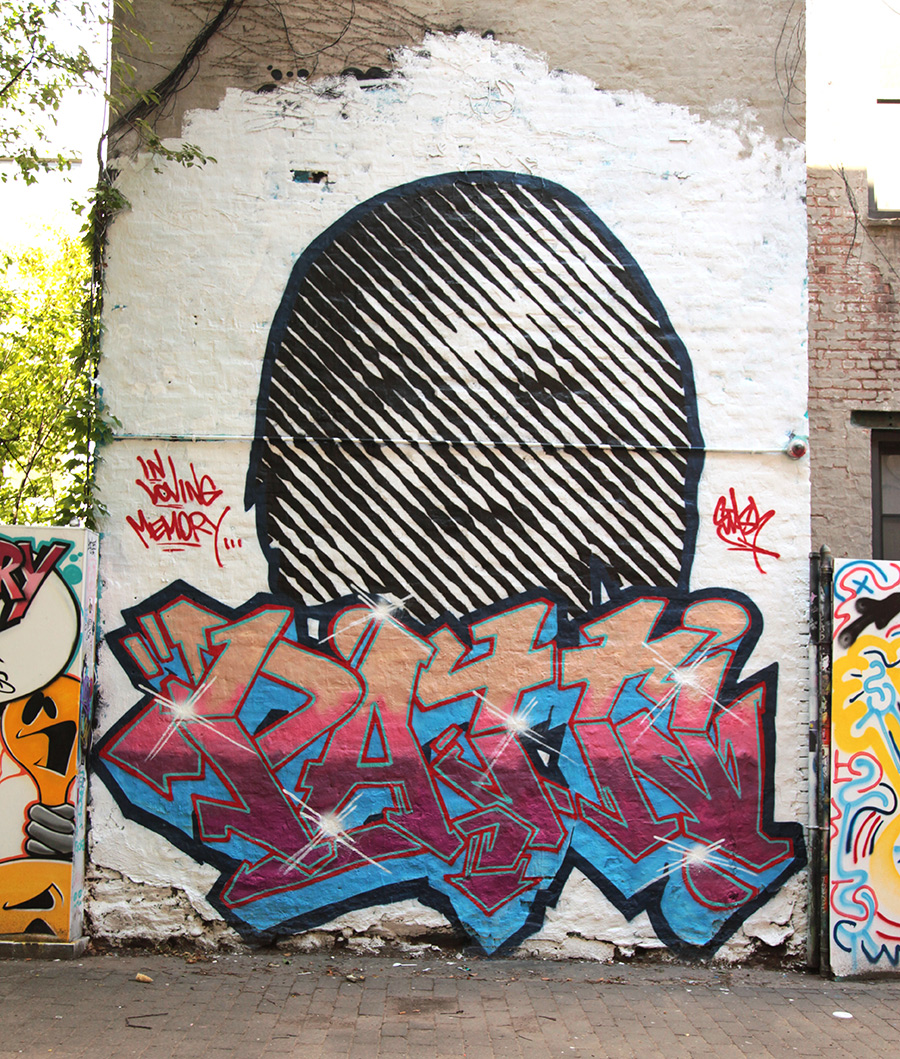
Astor’s film career included roles in Poe’s “Unmade Beds” and “The Foreigner,” but her most iconic performance came in Charlie Ahearn’s 1982 film “Wild Style.” In “Wild Style,” Astor played a roving reporter navigating the Bronx’s vibrant graffiti and hip-hop culture, bridging the gap between uptown graffiti artists and the downtown art scene. This role cemented her status as an underground film star and deepened her connection to New York’s graffiti movement.
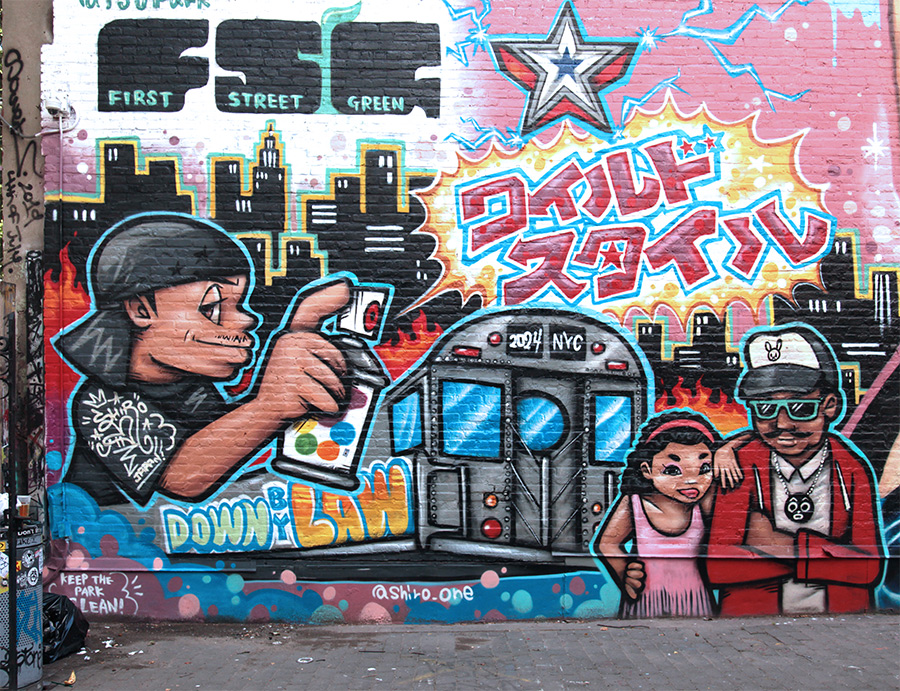
In 1981, Astor and Bill Stelling opened Fun Gallery in the East Village. This groundbreaking space showcased artists like Jean-Michel Basquiat, Jane Dickson, Keith Haring, and Kenny Scharf and graffiti legends such as Futura 2000, Fab 5 Freddy, and Lee Quinones. It became a pivotal venue for the East Village art scene, fostering a community where graffiti art was celebrated and legitimized within the broader art world. In some notable cases, it helped elevate the careers of many artists who would achieve international acclaim.
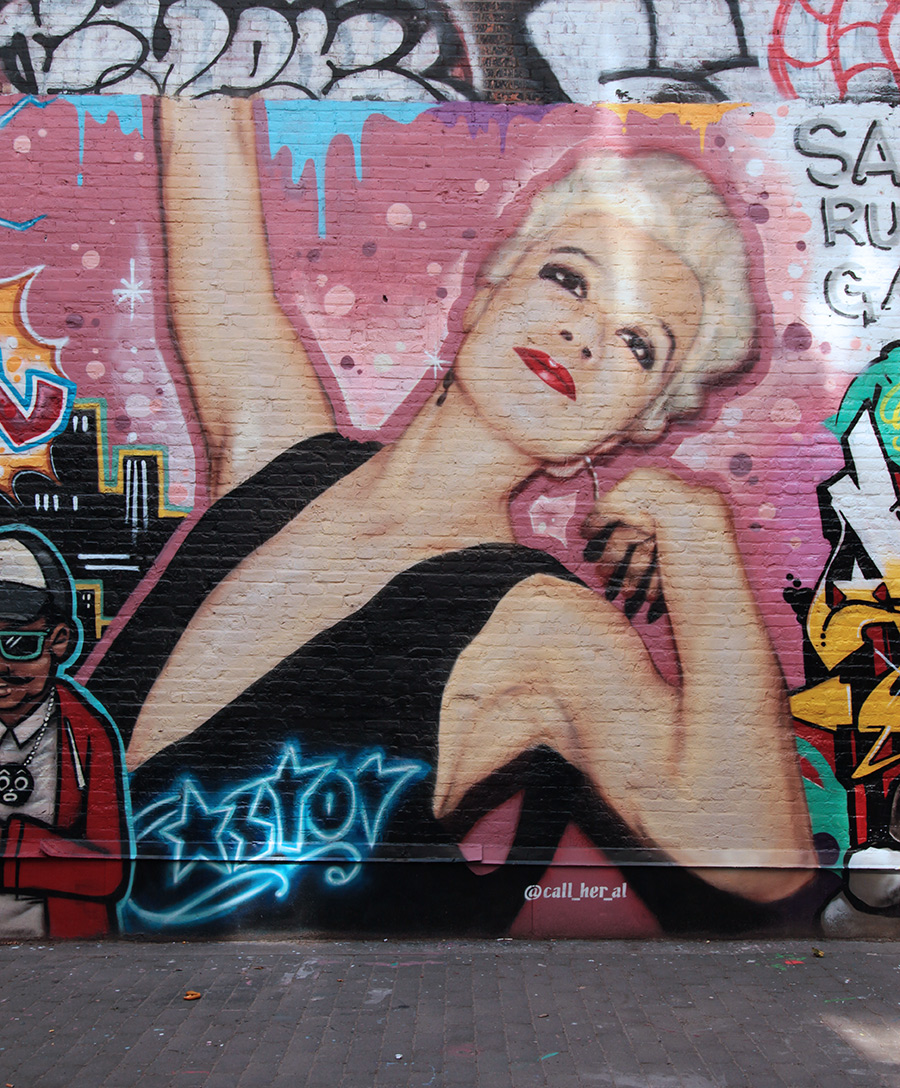
Since her passing, many have highlighted Astor’s multifaceted contributions to art and culture. Her enthusiasm and belief in the value of graffiti art opened doors for a diverse array of artists and supercharged its many distributaries. The vivid energy in these new pieces is a testament to Patti Astor’s lasting impact on the art world, celebrating her legacy as a true pioneer who brought the eclectic vibrancy of New York’s streets into galleries and history.
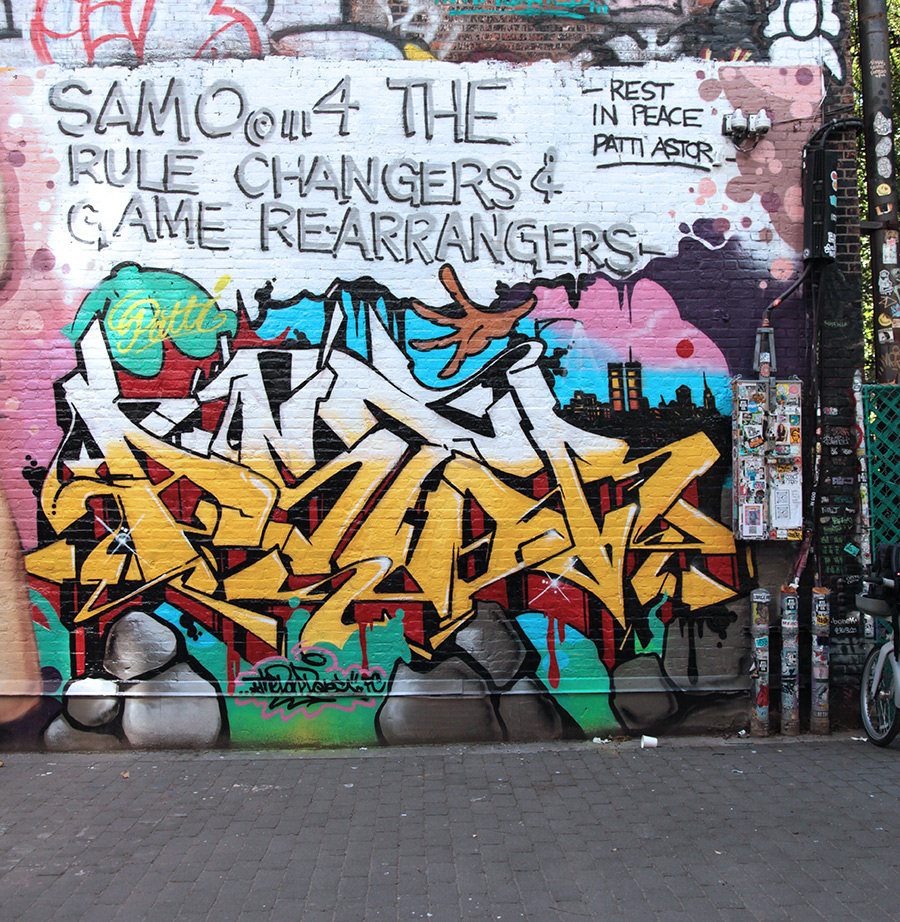
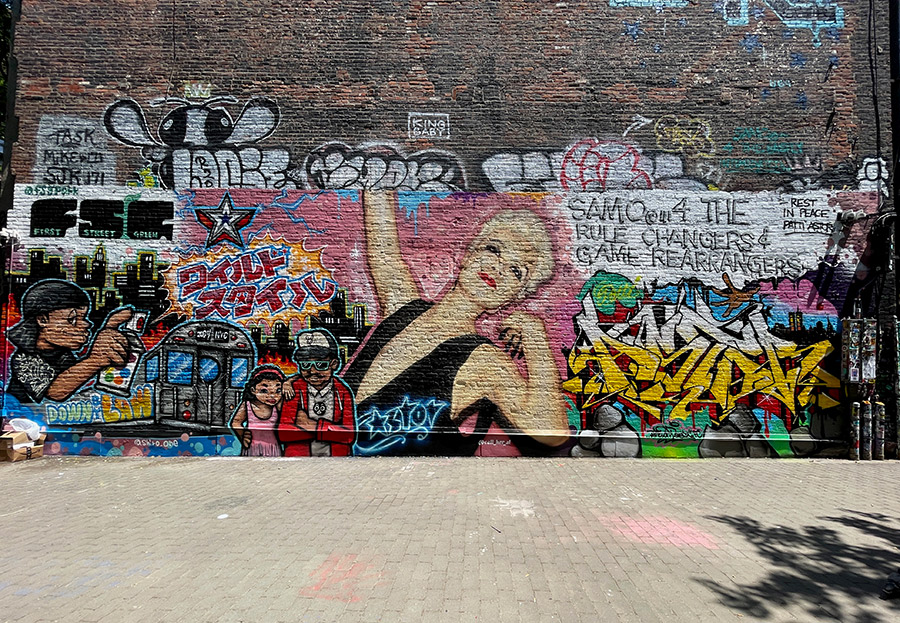
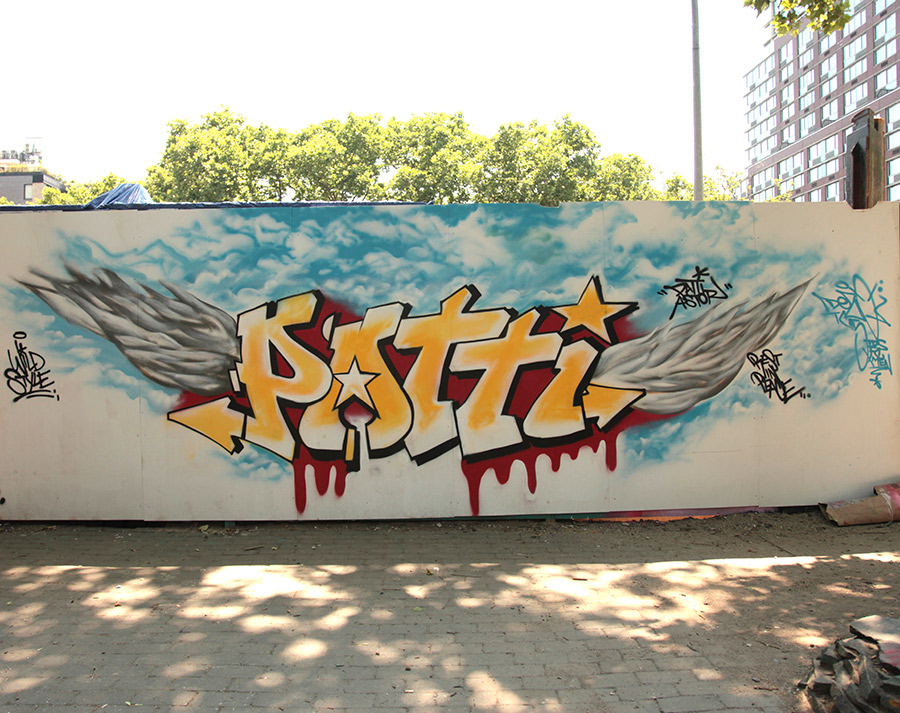
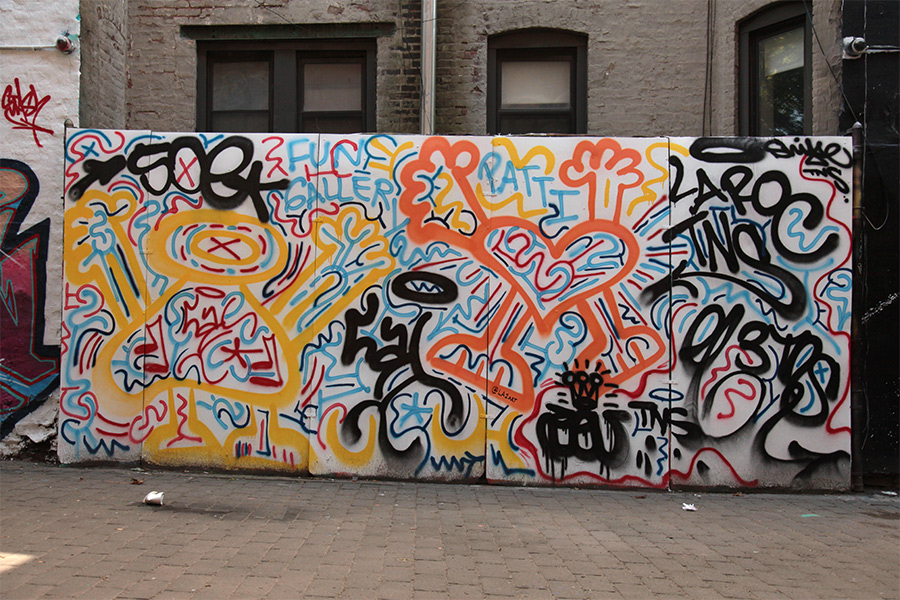
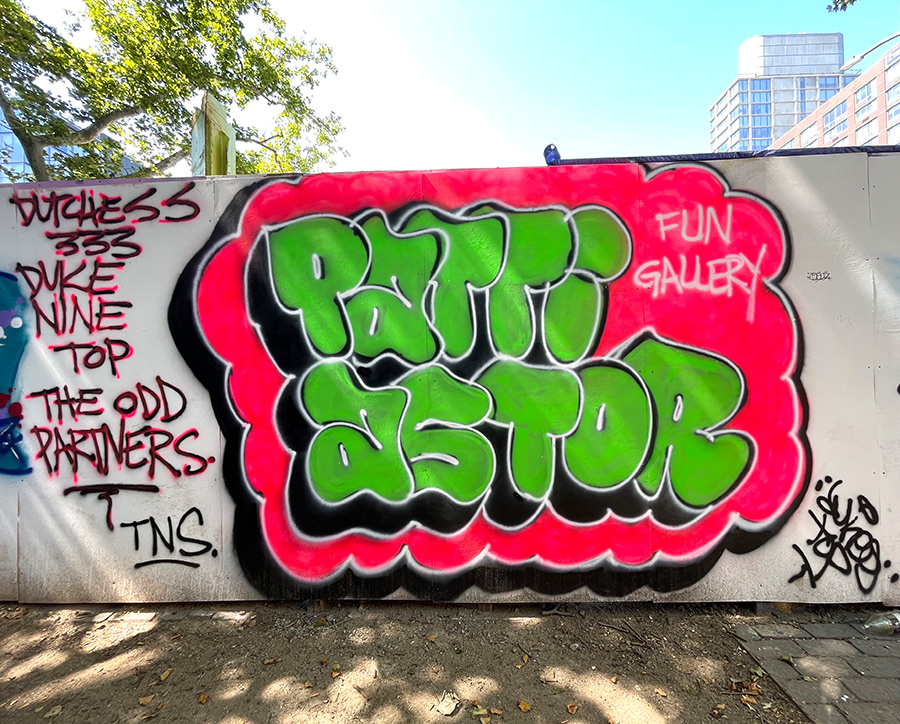
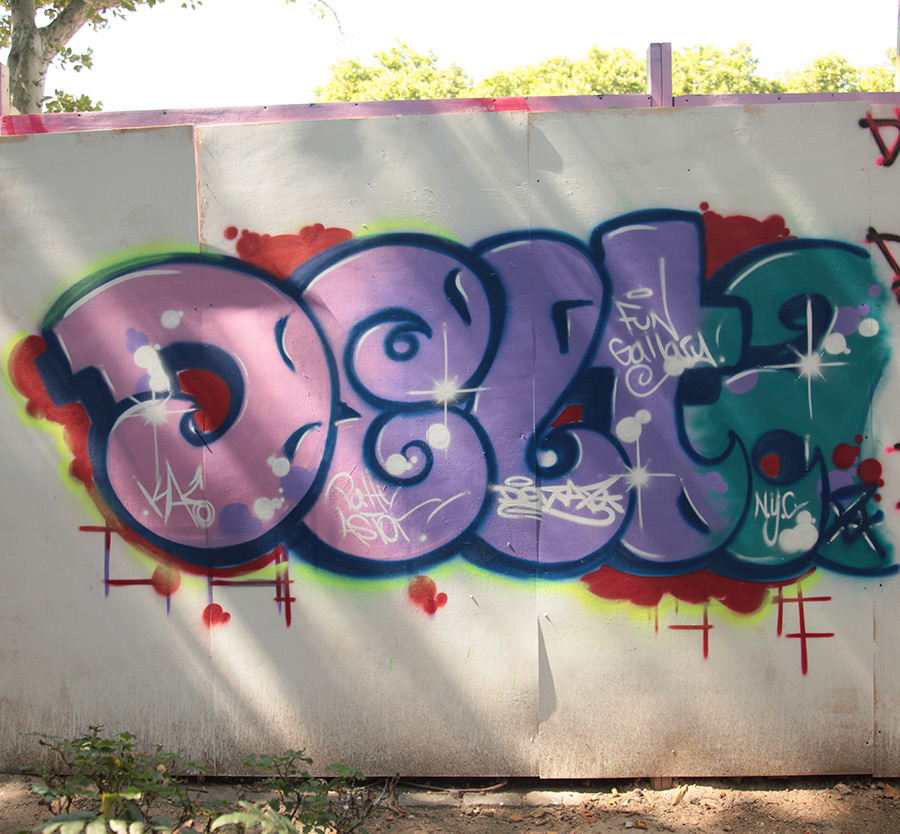
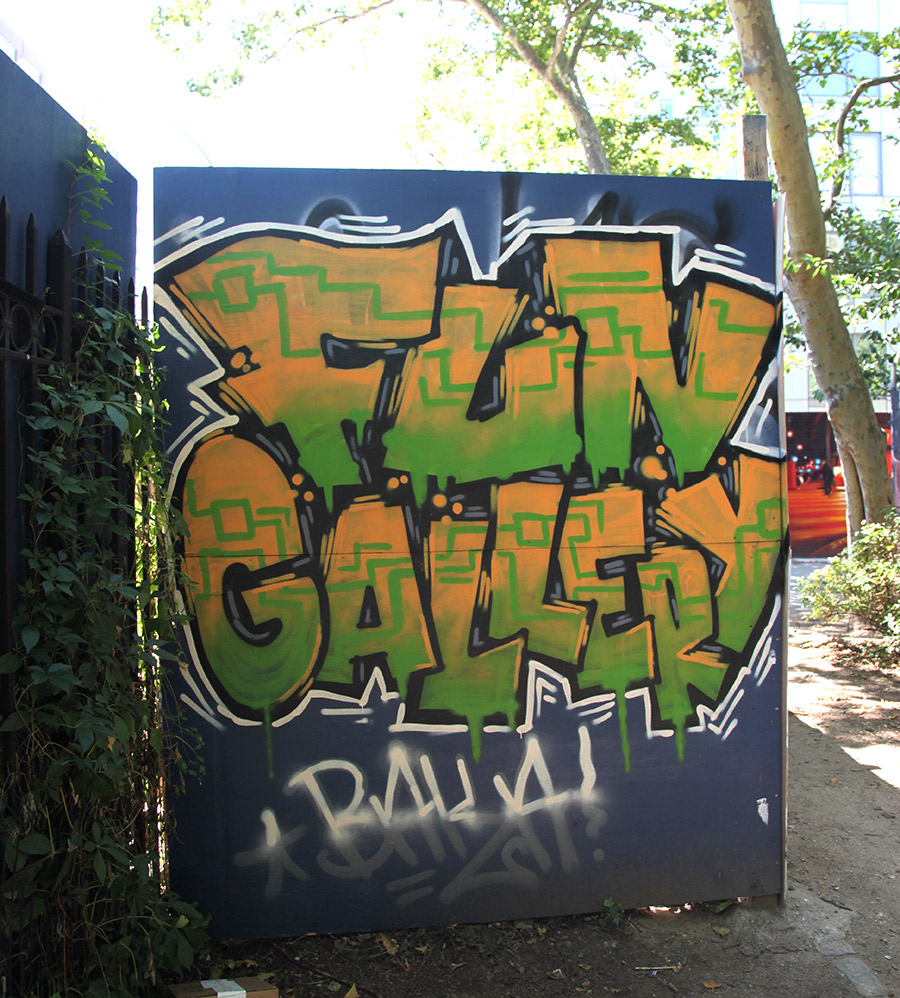
Other Articles You May Like from BSA:
Well, the world ended this week—again. Yet here we are, still standing, and so are you. It turns out Donald Trump has successfully rallied the resentment of those feeling abandoned by the system,...
The resonance of Brooklyn/New York Street Arist Jean Michel Basquiat continues to amaze us, in his reach, in his relevance to people who he may have never imagined that he would inspire. Today we bri...
Our weekly focus on the moving image and art in the streets. And other oddities. Now screening : 1. OKUDA SAN MIGUEL "Equilibri" BSA Special Feature: OKUDA SAN MIGUEL Madrid Premiere w...
It’s a good practice to rethink your city – especially when you imagine it to be something more than it is. Beginning in 2016 the picturesque city of Sisak in Croatia (pop 48,000) invoked the practic...
You ever look at Graffiti Art magazine from Paris? It has really turned into such a great quarterly and this new issue number 20 has MOMO on the cover! Also finally an article about the fascinating oc...
 BROOKLYN STREET ART LOVES YOU MORE EVERY DAY
BROOKLYN STREET ART LOVES YOU MORE EVERY DAY










